
GUEST BLOGGER JULIE MURPHY
Odd Bods: The World’s Unusual Animals showcases an assortment of creatures from around the world with particularly unusual physical features. Even though their odd-looking physical adaptations are striking, they work just the same as any other adaptation by helping their owners to survive. This book aims for young readers to understand that all physical features help their owners to survive, and to absorb the unspoken message that being different is cause for self-acceptance and celebration.
Strategies for reading Odd Bods
Each page in Odd Bods focuses on one particular animal species. Two text types appeal to a range of reading interests and abilities.
- A catchy “hook” sentence uses attention-grabbing literary devices such as assonance and alliteration to succinctly name the animal’s unusual body part, and describe the advantage it provides.
- A main text paragraph names the animal, and explains how the unusual body part helps the animal to survive. This expository text gives further context, extending vocabulary and broadening the reader’s understanding of the topic.
Additionally, large, high quality color photos help to engage the reader, and assists in understanding the text through visual cues. And back matter includes a world map, indicating where each species is found. There is also a range of Fact File information for each species, including scientific name, classification (e.g., mammal, fish, etc.), geographic distribution, habitat, diet, life span, lifestyle (e.g., terrestrial, aquatic), size, and conservation status. A bonus Fun Fact engages readers with a particularly interesting or quirky snippet about each species. Back matter also includes links to online information, and a list of books for further learning.
Make your own odd bod
Ask students to think up an imaginary creature that’s suited to a particular environment of their choice (e.g., alpine, desert, ocean, etc.), making sure to note at least one physical feature that would help the animal to survive in that environment. Remember that features can include less obvious physical characteristics such as color, body covering, and size.
Ask students to portray their animal using art supplies of their choice (e.g., draw, sculpt, paint, collage, etc.).
Ask students to take turns revealing their animals to the class, pointing out the special adaptive feature(s) of their animal, and how it is beneficial to the animal’s survival.
Write like the Odd Bods author
Ask students to research four or five facts about their favorite animal, either on-line or in books.
Ask students to write their own catchy “hook” sentence, and follow-up paragraph in expository style, using the facts they discovered. Try to include some writing tricks, such as alliteration, onomatopea, assonance, and simile to make their writing “pop” (described above).
Ask students to take turns sharing their work with the class.
Mapping geographic distribution of species
As a group activity, use the Fact File information in the backmatter of Odd Bods to mark on a large map of the world where each animal species is found (its geographic distribution).
Alternatively, ask students to independently research the distribution of an animal of their choice, and mark that on the class map.
After a general discussion of the major zones of the map – i.e., continents, and general temperature zones (e.g. cold poles and warm equatorial region), list the animals found in each zone.
Collecting and graphing data
This activity helps students become familiar with collecting and recording data, and the characteristics of a histogram. Students will also discover that natural variation exists between individuals in a population. Each of us is unique!
Vote on or designate a measurable physical characteristic, such as foot length. Ask the children to measure themselves or each other, and record their measurements in one class table.
Then plot the data on one class graph (histogram). Put the measurement range numbers on the X-axis and number of students on the Y-axis.
Featured image credit: “Dugong” by flickkerphotos is licensed under CC BY-SA 2.0
Julie Murphy is a former zoologist and zookeeper who has written around 20 children’s books inspired by her love of animals and nature. Her most recent books include I’ve Got a Tail! Terrific Tails of the Animal World (Amicus Ink, 2020), and Odd Bods: The World’s Unusual Animals (Millbrook Press, 2021). She lives in Melbourne, Australia. Connect with Julie at www.juliemurphybooks.com and on Twitter at @juliekidsbooks.
Millbrook Press is an imprint of Lerner Publishing Group. Twitter: @LernerBooks


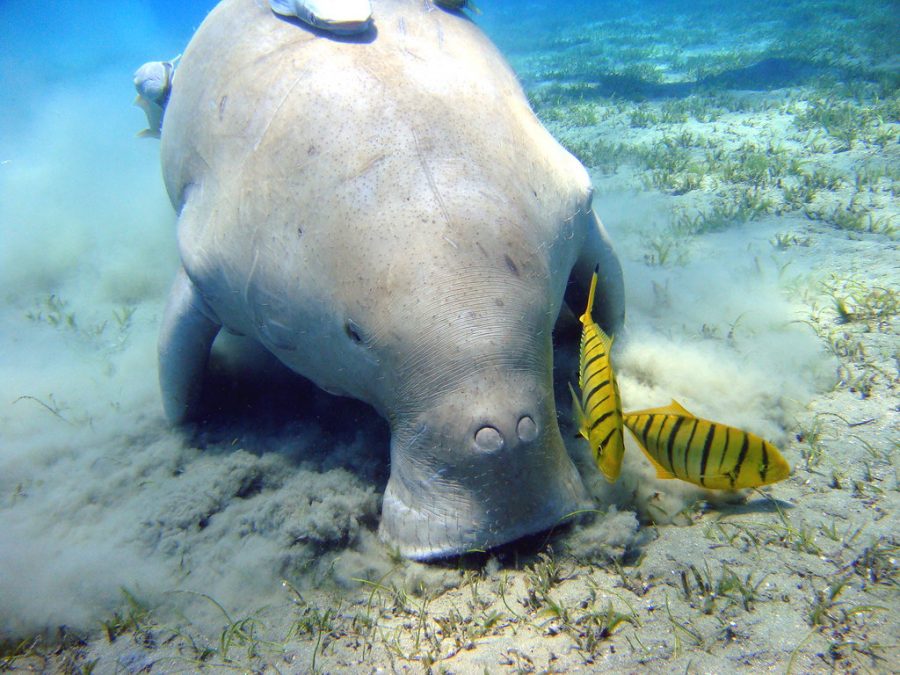
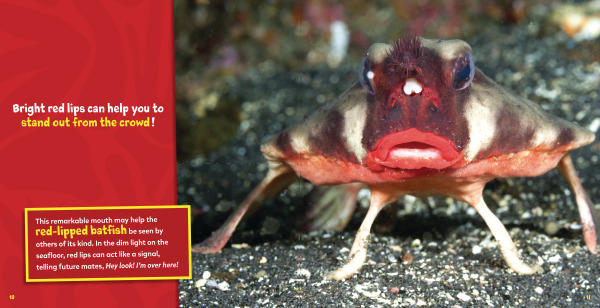
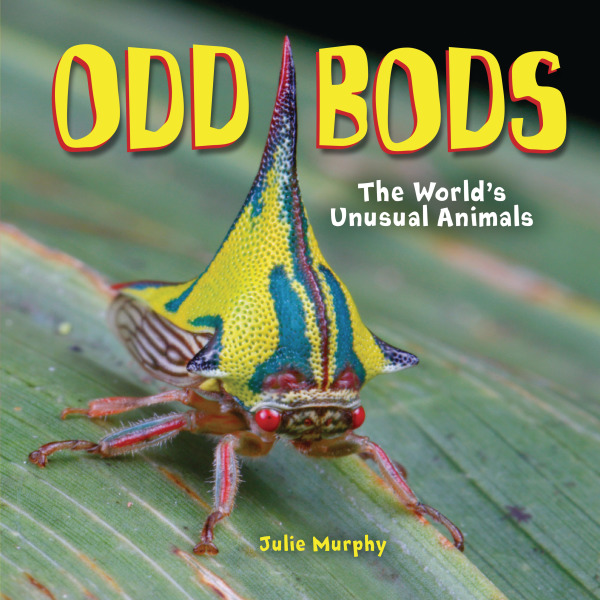

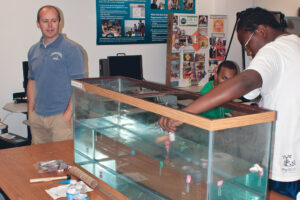
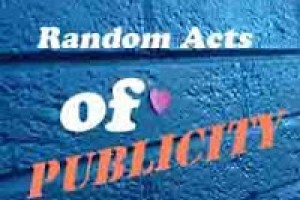


Leave a Reply
Your email is safe with me.